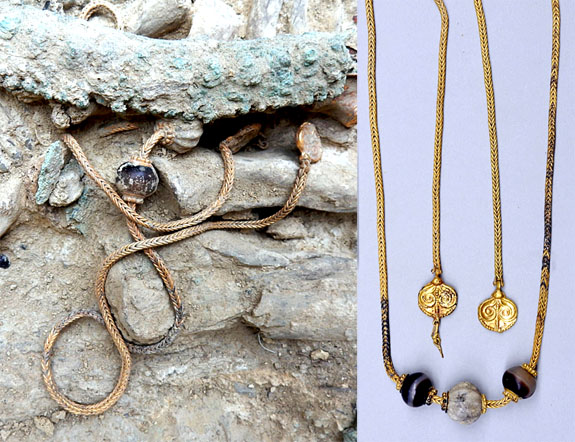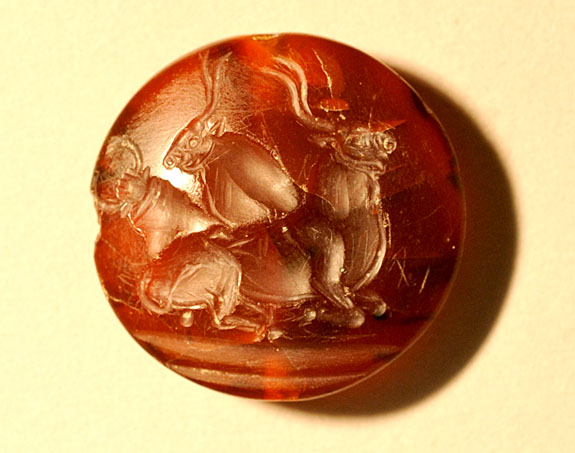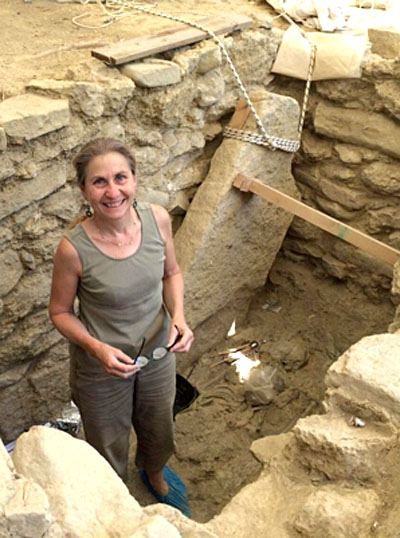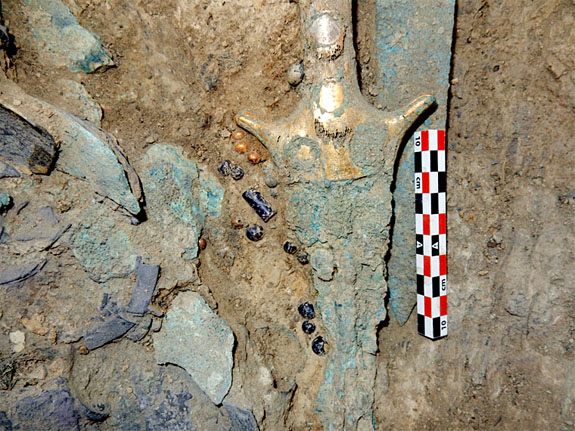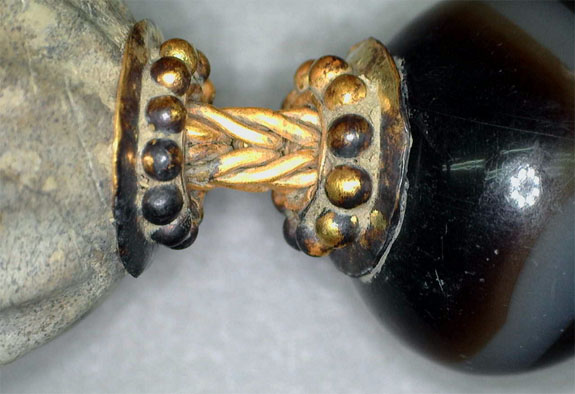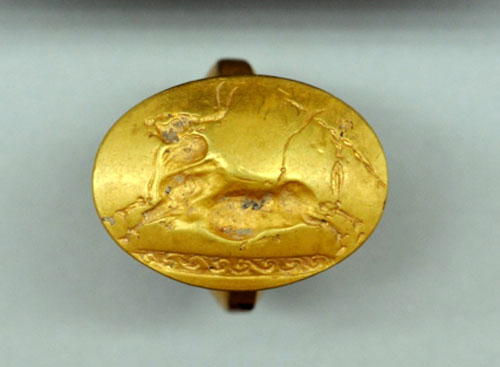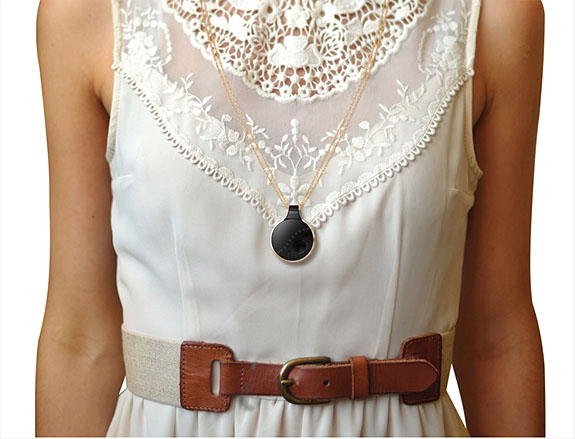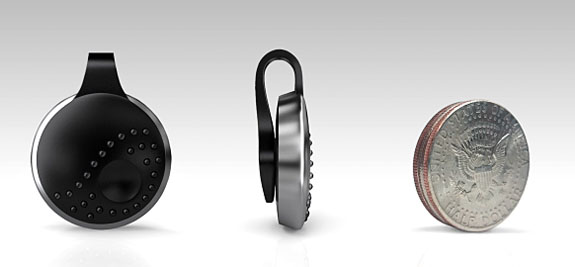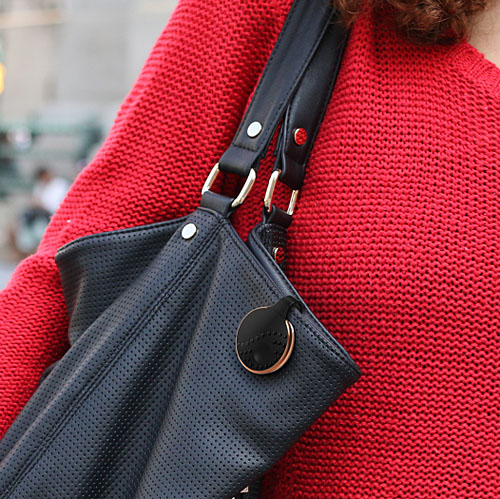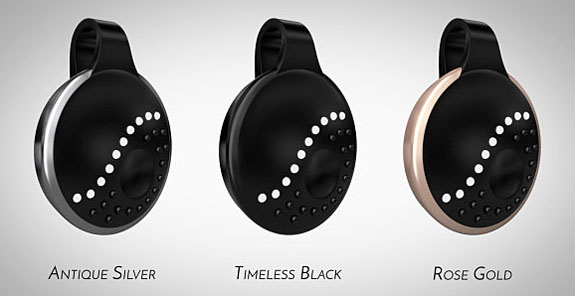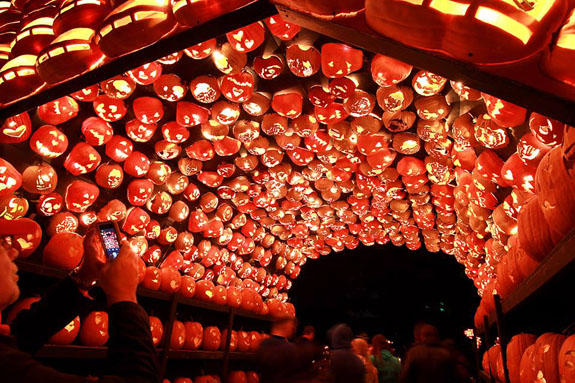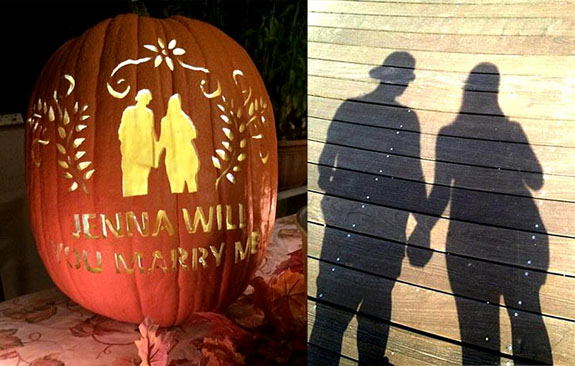Did you hear about the Manhattan couple who is suing the Transportation Security Administration (TSA) after $95,000 in fine jewelry went missing from their checked luggage?
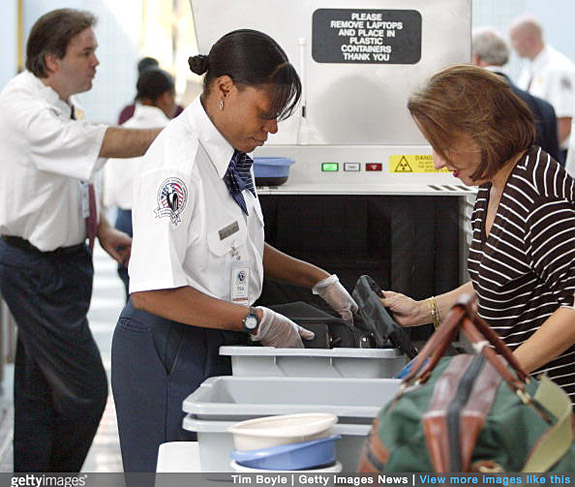
According to the lawsuit, Natalie and Michael Hekmat's February flight from New York to Los Angeles turned into a nightmare when they discovered nine rings had vanished from a brown suede jewelry roll that had been packed into their locked luggage and checked at the curb with JetBlue.
Among the items were an $80,000 2.10-carat diamond ring, a $3,050 ring with brown diamonds, a $2,800 ring with black diamonds and a $2,350 amethyst ring.
Upon arriving in Los Angeles, the couple inspected the luggage and found that the suede roll was in the suitcase, but its contents had been taken. The Hekmats put in a claim for their loss, but it was denied by the TSA in May. The couple's next course of action was to file lawsuits in Manhattan federal court against the TSA and JetBlue.
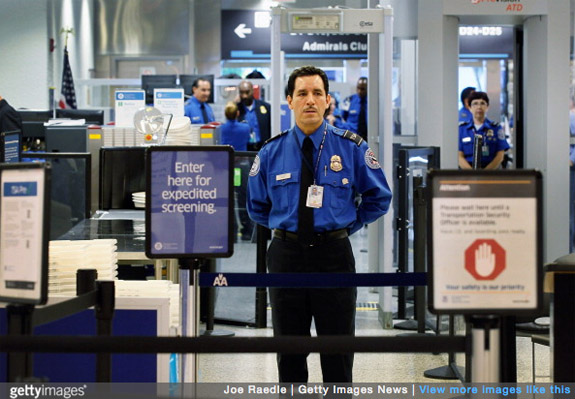
Of course, all of the drama could have been avoided if the couple had followed the simple advice of the TSA's official blogger, Bob Burns...
- Under no circumstances should travelers pack their fine jewelry in checked luggage.
- It’s perfectly OK to wear your fine jewelry through the checkpoint station. As long as the jewelry is not really bulky, travelers should keep their precious possessions on their bodies as they walk through metal detectors or high-tech imaging devices.
- Fine jewelry items that are not worn should be placed in a carry-on bag that should never be left unattended.
- Do not put your valuables in the plastic bowls that the TSA provides to hold smaller items, such as pocket change and money clips. Bowls can tip over on the conveyor belts, seemingly sending small jewelry into another dimension where it is never seen again, according to Burns.
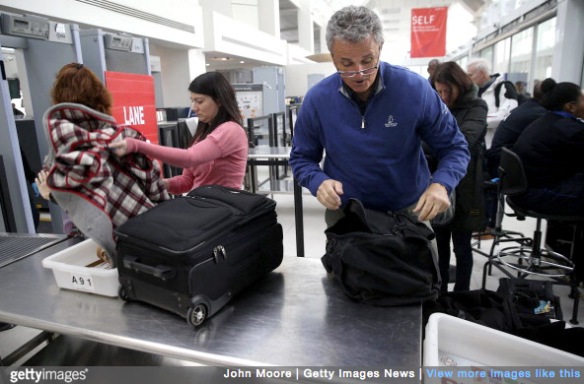
The Hekmat's case is not unusual. According to USA Today, the TSA paid out $3 million to passengers over the last five years to settle claims that airport security screeners broke, lost or stole their luggage or items inside, according to a review of about 50,000 complaints from 2010 to 2014.
Of those claims, the TSA agreed to make restitution on one-third of the total, with compensation ranging from a few dollars to many thousands of dollars. The TSA noted that the complaints represent just a tiny fraction of the 2.5 million pieces of baggage its agents screen every day. The math works out to about one incident per 90,000 pieces of luggage.
Back in 2006, the Duchess of Argyll made headlines when she lost $150,000 worth of jewelry in a checked-bag fiasco. The 68-year-old dowager duchess' luggage contained a Victorian diamond tiara, Cartier brooch, emerald ring and pearl earrings. She filed a complaint with the airport and police authorities, but the bag was never turned in… or at least that’s what the Duchess believed.
Apparently, the bag did resurface, but the airport auctioned the jewelry instead of making any effort to return the items to their rightful owner. The jewelry had been unloaded to a British diamond merchant for a mere $7,500 (exactly 5% of its value) and the proceeds were donated to charity. In 2012, the Duchess spotted her Cartier brooch in a Scottish auction catalog and promptly hired a lawyer to investigate. Airport authorities were embarrassed by a lost-luggage saga with high-profile implications.
After offering to reimburse the diamond merchant for his cooperation, operators of Glasgow Airport successfully reunited the Duchess with her brooch and tiara. The emerald ring and pearl earrings are still missing.
Here are a few more traveling tips from Jewelers Mutual Insurance Co...
- Pack light and take only the jewelry you’ll wear while traveling and at your destination. The 4-carat diamond ring you save for special occasions? Probably not. The pearls that go with everything? Definitely.
- List all the jewelry you’ll take with you. Make two copies. Take one copy with you and store it separately from your jewelry. Leave the other copy at home. Also helpful: take pictures or a video of your jewelry.
- Never put jewelry in checked baggage. Instead, wear it or stow it in your carry-on bag. If you wear it, take extra care by slipping a pendant inside a sweater or turning your ring so only the band shows.
- Put your jewelry in a favorite bag you’ll carry while traveling. Don’t leave your jewelry in an unattended car or suitcase. When checking into your hotel or condo, don’t hand your jewelry bag to hotel staff. Carry it personally.
- Always store jewelry in the hotel safe when not wearing it.
- Insure your personal jewelry against loss, damage, theft and mysterious disappearance wherever your travels take you, worldwide. So get the right insurance. Then relax, be yourself and have fun.
Credits: Getty Images.
